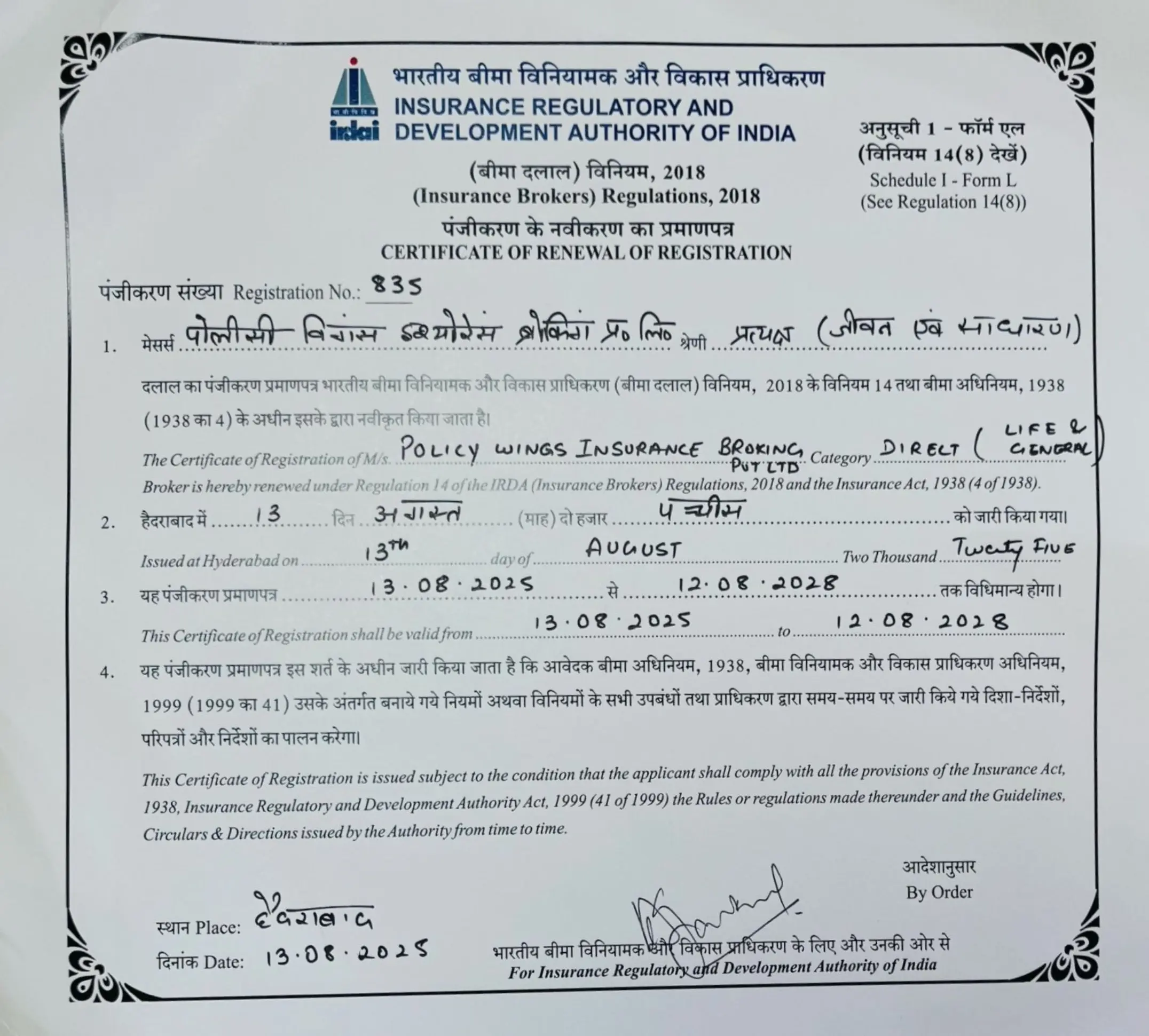What is WFYP in Insurance: Understanding Its Significance

In the vast landscape of insurance jargon and acronyms, “WFYP” stands out as an abbreviation that may leave many puzzled. Yet, understanding the full form of WFYP in insurance and its significance can be crucial for policyholders and industry professionals alike. In this comprehensive guide, we will delve deep into the world of WFYP, exploring its meaning, context, and why it matters in the insurance realm.
What Does WFYP Stand For?
Let’s begin by unveiling the mystery behind WFYP. In the insurance domain, WFYP stands for “Waiting for Your Premium.” This acronym reflects a crucial aspect of insurance policies and the period during which insurers wait for policyholders to pay their premiums. It’s a term that encapsulates the grace period provided to policyholders to make premium payments without facing any adverse consequences.
The Significance of WFYP in Insurance
Understanding the concept of WFYP in insurance is essential for both policyholders and insurers. It represents a critical component of insurance policies and has several significant implications:
Grace Period: WFYP signifies the grace period offered by insurance companies to policyholders. This grace period typically occurs after the premium due date has passed. During this period, policyholders can make their premium payments without the risk of policy cancellation.
Policy Continuation: The existence of a WFYP period ensures that policyholders have the opportunity to keep their insurance coverage active, even if they miss the premium due date. It prevents immediate policy termination due to missed payments.
Avoiding Lapses: Without WFYP, missing a premium payment could lead to a policy lapse. A policy lapse means the policy is no longer in force, and the policyholder loses the benefits and coverage. WFYP helps policyholders avoid such lapses during the grace period.
Financial Flexibility: WFYP acknowledges that policyholders may face financial challenges or temporary difficulties in making premium payments on time. It provides a safety net, allowing policyholders some financial flexibility to catch up on payments.
Policyholder Communication: WFYP underscores the importance of clear communication between insurers and policyholders. Insurers often send reminders and notifications about the premium due date and the grace period to ensure policyholders are aware of their obligations.
Policyholder Retention: For insurers, WFYP can be a tool for retaining policyholders. By providing a grace period, insurers show understanding and flexibility, which can enhance customer satisfaction and loyalty.
The Dynamics of WFYP
To grasp the dynamics of WFYP fully, it’s essential to explore the following aspects:
1. Length of the Grace Period: The duration of the WFYP or grace period can vary depending on the insurance company and the specific policy terms. Common grace periods range from 15 days to one month, but it’s crucial to consult your policy documents for precise details.
2. Premium Payment During WFYP: Policy holders are typically required to make their premium payments within the grace period. Payments made during this period are considered timely, and the policy remains in force. However, it’s essential to adhere to the insurer’s guidelines regarding acceptable payment methods during WFYP.
3. Policy Consequences After WFYP: If a policyholder fails to make the premium payment during the grace period, the policy may lapse or be terminated. This means the policyholder will lose the coverage and benefits associated with the policy. In some cases, insurers may offer reinstatement options, but these often come with additional requirements and costs.
4. Notification and Communication: Insurers typically communicate the premium due date and the grace period to policyholders through policy documents, billing statements, or digital notifications. Timely communication is crucial to ensure that policyholders are aware of their obligations and the consequences of missing payments.
Why WFYP Matters
WFYP matters in the insurance industry for several reasons:
Policyholder Protection: It provides a safety net for policyholders who may encounter temporary financial difficulties. WFYP allows them to maintain their insurance coverage and the associated protection during challenging times.
Customer Satisfaction: Insurers that offer reasonable grace periods demonstrate customer-centric policies. This can enhance customer satisfaction and loyalty, contributing to positive insurer-policyholder relationships.
Policy Continuity: WFYP helps ensure that insurance policies remain in force and provide the intended coverage. This continuity is vital for policyholders who rely on insurance benefits in times of need.
Transparency: WFYP promotes transparency in insurance transactions. It ensures that policyholders are informed about their premium due dates and the consequences of missed payments, reducing the likelihood of disputes or misunderstandings.
Regulatory Compliance: Many insurance regulators require insurers to provide a grace period as part of consumer protection measures. Compliance with these regulations is essential for insurers.
Conclusion
WFYP, or “Waiting for Your Premium,” plays a pivotal role in the world of insurance. It represents the grace period during which policyholders have the opportunity to make premium payments and maintain their insurance coverage. Understanding WFYP is essential for both policyholders and insurers, as it ensures policy continuity, customer satisfaction, and transparent insurance transactions. While WFYP may vary by insurer and policy, it remains a fundamental concept that underscores the importance of timely premium payments in the insurance industry.
Related Posts
FAQs
WFYP, or “Waiting for Your Premium,” serves as a grace period during which policyholders can make premium payments without facing immediate policy cancellation. Its purpose is to provide policyholders with financial flexibility and ensure policy continuity.
The duration of the grace period can vary by insurer and policy. Common grace periods range from 15 days to one month, but policyholders should refer to their specific policy documents for exact details.
If a premium payment is not made during the WFYP grace period, the policy may lapse or be terminated. This means the policyholder loses coverage and benefits. Some insurers may offer reinstatement options, often with additional requirements and costs.
Not all insurance policies have a WFYP grace period, but many do, especially in consumer-oriented insurance sectors. The presence and duration of the grace period can vary by policy and insurer.
Policyholders should adhere to their insurer’s guidelines regarding acceptable payment methods during WFYP. Accepted methods may include online payments, checks, or other specified payment options.





